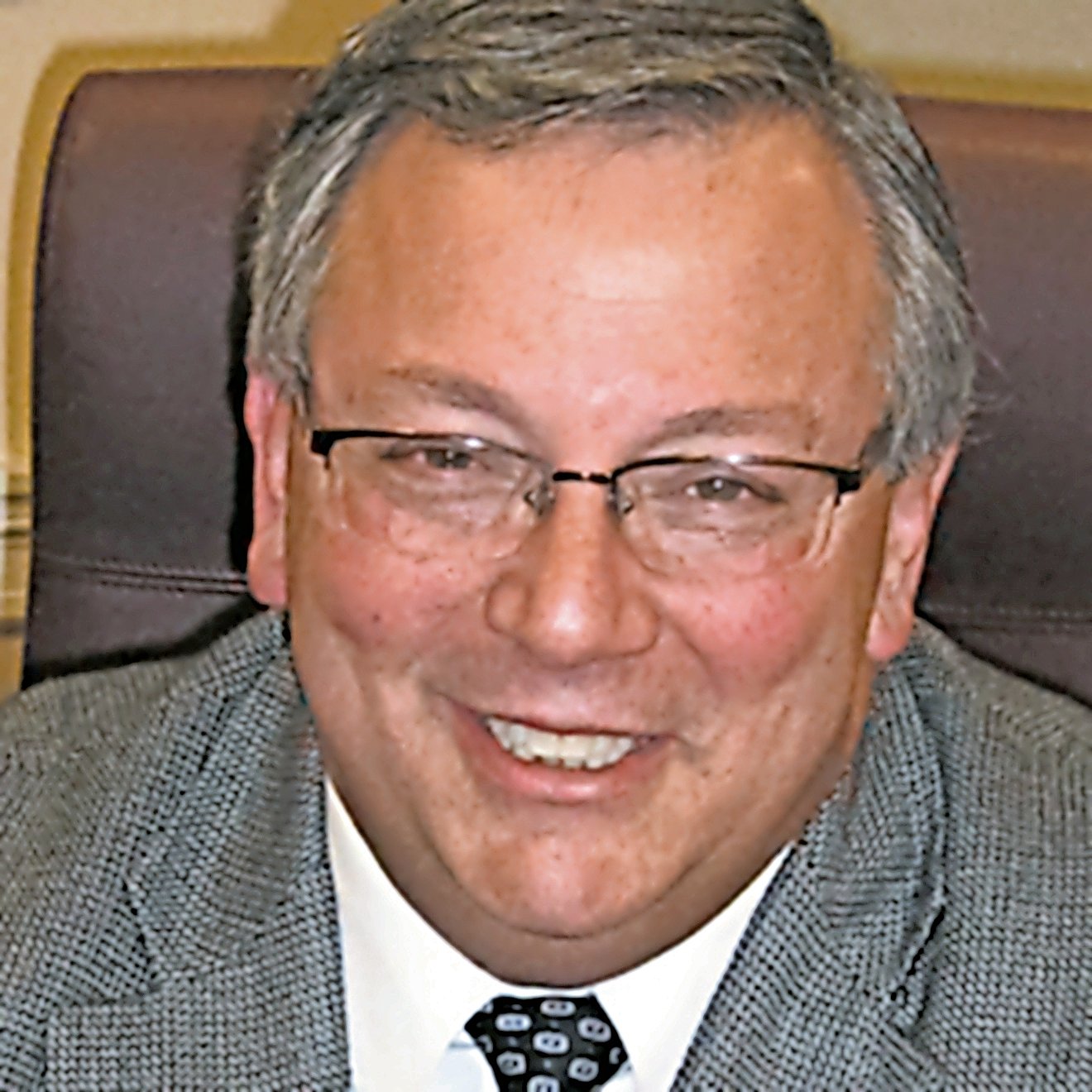Public-works projects must pay prevailing wages
Few public policies do more to build strong communities across our region than New York’s prevailing-wage law for public-works projects. It is a job-creating economic engine that puts members of our local communities to work and creates local wealth, revenue and investment. However, this useful public law has been undermined because the definition of public works has been blurred by the amalgamation of public and private financing. A bill passed in the State Assembly and awaiting action by the Senate would require that all Industrial Development Agency-funded projects pay prevailing wages, and would help to ensure that our tax dollars are creating careers with fair wages and benefits for Long Islanders who want to build lives here.
Gov. Andrew Cuomo offered a proposal in his Executive Budget to restore the application of prevailing wages to projects receiving public dollars. New York state was on the verge of restoring these protections as originally outlined by statute in 1897, and enshrined in the state Constitution in 1938, but unfortunately, this policy priority fell off the table.
Opponents of restoring prevailing-wage protections assume that higher construction wages directly correlate to higher project costs. This just isn’t true. The best-case scenario is they are drawing this conclusion based on flawed studies, and at worst they are deliberately misleading communities and elected officials to frame the public discourse for their own profit.
According to a state-funded study by Professor Fred B. Kotler of Cornell University, that conclusion is “simplistic and inaccurate.” It fails to account for the fact that labor costs are a small percentage of total project costs, and ignores the fact that higher-paid workers are often higher-skilled workers who find efficiencies and make fewer errors, resulting in fewer expensive change orders. “Construction workers’ wages should be factored into the overall value of the state’s investment in economic development projects,” Kotler wrote. “The prevailing wage law is itself an economic stimulus and can reasonably be considered as part of a broader economic development strategy for the state.”
According to the Economic Policy Institute, for every $1 spent under prevailing-rate laws, $1.50 is generated for our local economies. When workers earn more, they are able to spend more. Wage protections promote a more localized workforce, ensuring that Long Island residents benefit from our economic development investments. It is clear that holding public construction projects to prevailing rate standards brings wealth into communities. This, in turn, creates the virtuous cycle of local consumption and revenue for public services.
Too often in recent history, however, working families have watched their hard-earned tax dollars given away to corporations with the intent of spurring job growth without any regard for the quality of the jobs being created. Frequently, this means that developers are benefiting from generous tax giveaways without having to pay fair wages to the workers they employ. This practice is unfair to the taxpaying public, the small businesses that make up our downtowns and the workers who are forced to work for low pay. By attaching prevailing rate standards to publicly incentivized projects, the State Legislature can ensure that New Yorkers are put to work, rather than an out-of-state workforce that is often exploited and forced to work for low wages.
I grew up on Long Island, and raised a family here. I hope to leave it a better place than I found it. I support the passage and signing of the legislation passed by the Assembly and now in the Senate, which clearly defines public work.
John R. Durso is president of the Long Island Federation of Labor, representing 250,000 members of 160 AFL-CIO local unions, and president of Local 338 RWDSU/UFCW, which represents 15,000 working men and women in the retail and health care industries.

 39.0°,
Fair
39.0°,
Fair 




